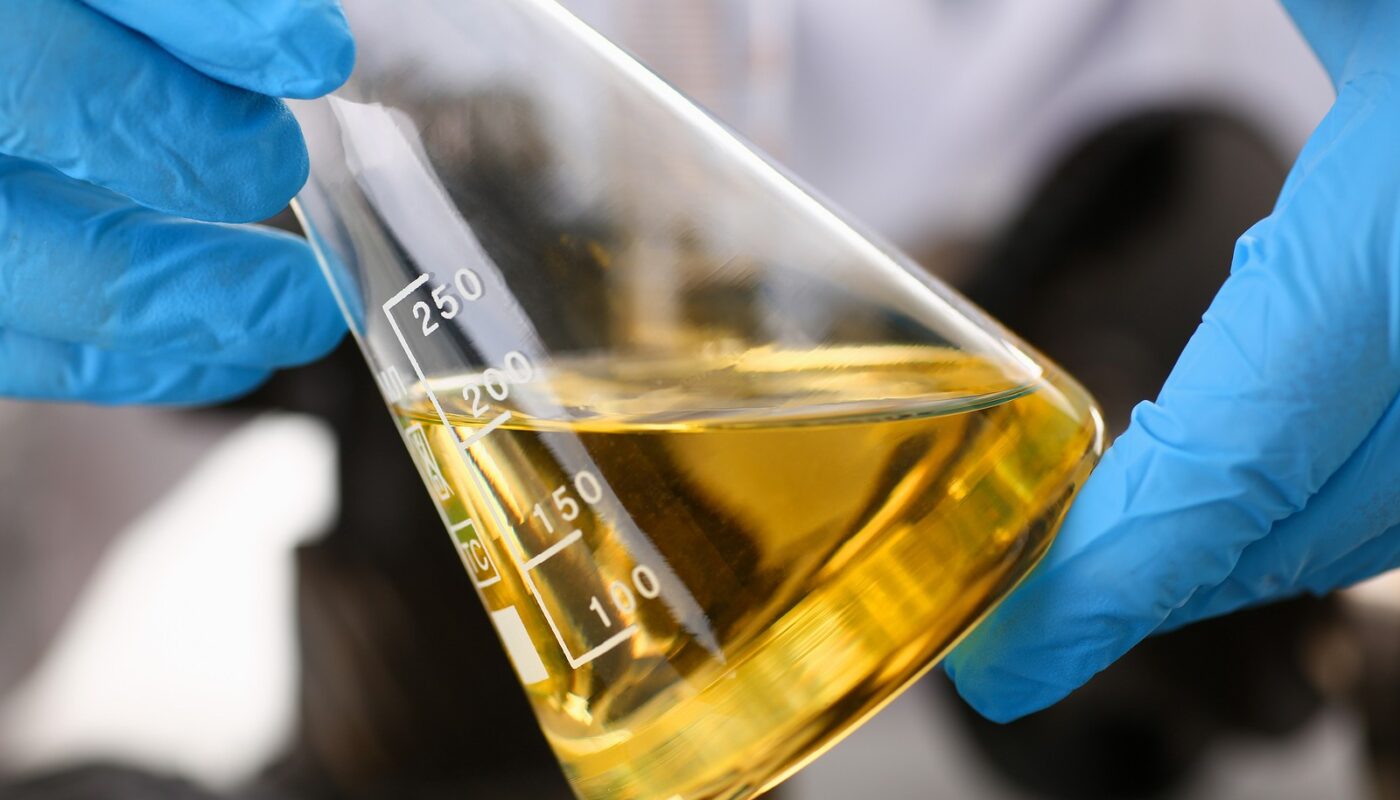Made from vegetable oils, animal fats, or recycled cooking oils through a process called transesterification, biodiesel burns cleaner than petroleum diesel and can be used in standard diesel engines without modification. However, the transesterification reaction that produces biodiesel is relatively slow, making the use of catalysts necessary to accelerate the process and make biodiesel production commercially viable. In this article, we will examine the role of biodiesel catalysts and discuss some of the most commonly used types.
Catalysts Speed Up Transesterification
Transesterification is a chemical reaction where triglycerides (the main component of biological oils and fats) react with an alcohol, typically methanol or ethanol, in the presence of a catalyst to form fatty acid esters (biodiesel) and glycerol as a byproduct. Without a catalyst, this reaction would take hours or days to complete. Catalysts allow the reaction to occur much more rapidly, often completing within an hour. Common catalysts include alkali catalysts like sodium hydroxide and potassium hydroxide, as well as acidic catalysts like sulfuric acid. By facilitating the separation of the fatty acid chains from the glycerol backbone, catalysts are crucial to making biodiesel production cost-effective on an industrial scale.
Alkali Catalysts Dominate
Among the various types of Biodiesel Catalysts available, alkali catalysts like sodium hydroxide (NaOH) and potassium hydroxide (KOH) are by far the most commonly used due to their low cost and ability to achieve reaction completion rates over 98% in under an hour. NaOH is cheaper than KOH but may produce more soap as a byproduct that requires removal. KOH is more expensive but produces less waste. When handled properly with sufficient purification steps, both alkali catalysts can produce biodiesel meeting industry specifications. Their low cost makes them highly suitable for commercial biodiesel production despite some disadvantages like corrosion.
Acid Catalysts as an Alternative
Acid catalysts like sulfuric acid and solid acid catalysts based on polymeric resins are also effective at facilitating transesterification. They allow the use of higher alcohols like ethanol which have advantages for cold weather operation, and avoid issues with alkaline waste treatment. However, acid catalysis is generally slower than alkaline with lower yields, and corrosion can be an even bigger issue. As such, solid acid catalysts that are non-corrosive are being explored as they could potentially offer significant benefits over alkali catalysts, but more research is still needed to improve reaction rates and reduce costs before they see widespread adoption.
Enzymes Shows Promising But Limited Results
Another type of catalyst being investigated is enzymes. Enzymes have excellent selectivity and occur naturally in living systems, allowing transesterification to proceed under mild conditions. Various lipases derived from fungi or bacteria have shown promise in laboratory studies, achieving high conversion rates even with high free fatty acid feedstocks. However, enzymes are still significantly more expensive than chemical catalysts. Their applications may be limited to niche processes like treating waste oils for the time being until costs come down substantially. Overall, alkali catalysts remain the most practical option for large-scale biodiesel production currently due to their low cost and high reaction efficiency.
Heterogenous Catalysts Gather Attention
While homogeneous alkali catalysts dominate commercial biodiesel making, heterogenous catalysts that can be easily separated from the biodiesel product are an area of active research. Some promising solid heterogenous catalysts investigated include basic metal oxides and hydroxides supported on inorganic materials. The ability to reuse and potentially reduce waste treatment costs make solid catalysts attractive, though low activity and uneven active site distributions remain challenges. Doped zirconias, sepiolites, and mesoporous silicas show good initial activity and stability in preliminary studies. Continued progress in catalyst design may one day enable heterogenous systems that combine high activity with ease of separation for more sustainable biodiesel manufacture.
As biodiesel emerges as a viable biofuel to reduce dependence on fossil fuels and greenhouse gas emissions, effective catalyst systems will be crucial to enable cost-competitive large-scale production. While alkali catalysts currently dominate commercially, continuous improvements in more advanced catalytic technologies hold promise. Further optimizing enzyme catalysts, developing highly active and robust solid acid and base catalysts, and engineering reusable heterogenous systems offer pathways towards even more sustainable and efficient biodiesel production methods. Advances in catalysis will be integral to expanding the role of biodiesel as a renewable fuel globally in the future.
Note:
1. Source: Coherent Market Insights, Public sources, Desk research
2. We have leveraged AI tools to mine information and compile it




